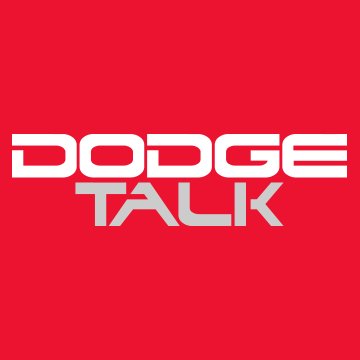Stock, our engines are "naturally aspirated". Basically, the valves work such that after an ignition cycle, exhaust gasses exit the "back" of the cylinder. Then the intake valve opens, and fresh air gets sucked into the vacuum. The valve closes, the piston comes down, compressing the air. Fuel is squirted in there, and the spark plug makes ignition. Rinse, repeat.
With both Turbochargers and Superchargers, the idea is that the air that goes into the empty cylinder is already under pressure. It's not at one atmosphere basically. Thus you'll read about compression. You squirt different fuel amounts into the compressed air, and you ultimately extract more energy from the ignition.
There's a compressor that handles making the pressurized air in both types of forced induction solution.
In a Supercharger, the compressor is driven by a belt that is in turn driven by your engine. This is additional parasitic load on the engine, but Supercharging still results in a net gain in power.
In a Turbo, you throw basically propellers in the exhaust pipes. The propellers spin as exhaust gas goes by, and they in turn power the compressor. This power gain isn't parasitic (it doesn't draw from the engine), but there is usually lag.
Turbo is more complicated in terms of piping. Super is simpler in terms of it's just a belt and a thing bolted on top in place of your intake manifold.
You'll read about psi... pounds per square inch, which is to say... how much compression is going on. More generates more power. It also generates more risk.
There's the nutshell.
Oh, and all of this usually involves about $6,000+ US







